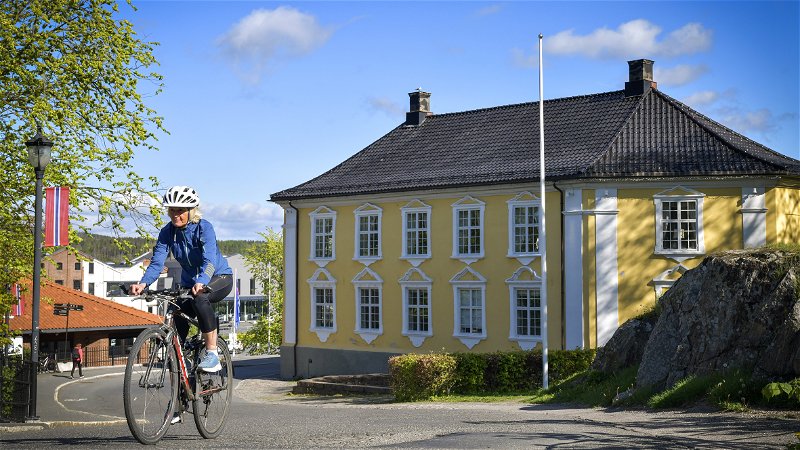If you drive on the E18 between Slitu and Mysen you will see this fascinating area with large sand masses.
This is Monaryggen - a three - four kilometer long gravel ridge. The ridge was formed at the end of the last ice age in connection with the melting for approx. 9-10,000 years ago. The monary ridge is the largest formation of its kind in all of Northern Europe, but is now greatly reduced by several large mass roofs and the development of the E18 that runs across it.
Monaryggen is located 140–208 meters above sea level and towers 80 meters above the surrounding terrain. The ridge is formed as a fan-shaped delta outside the glacier. A delta is a deposit of loose material. These are formed where a river flows into stagnant water. The delta was probably built all the way up to the sea surface, 208 meters above today's sea level. Therefore, the back is flat in the middle. The slope on the inside was supported by the ice front, so it is steeper than the one on the outside. In the many gravel roofs we can see how the masses lie in layers and rather to the south.
At Mysen and Eidsberg, the landscape has been broken up in several places into a number of small, steep brook valleys, ravines. This ravine landscape is formed by running water digging in the deposits outside Monaryggen.
The sand deposits today have great economic significance for the landowners. In the area there are cultural monuments such as traps and 46 burial mounds.
Three of the mounds in Edwin Ruud's area are among the largest in Indre Østfold. But this collection of large burial mounds may be related to the establishment of a chief or small kingdom in Indre Østfold in the 5-600s AD.



